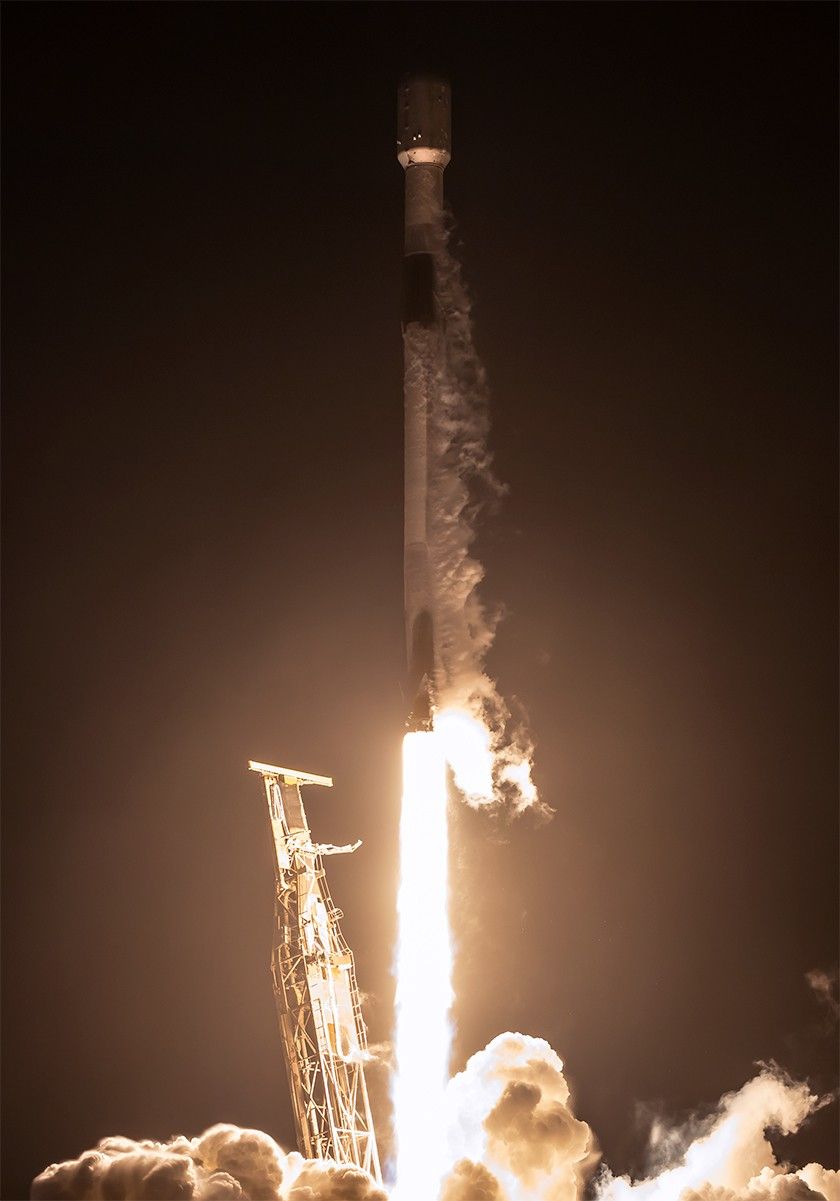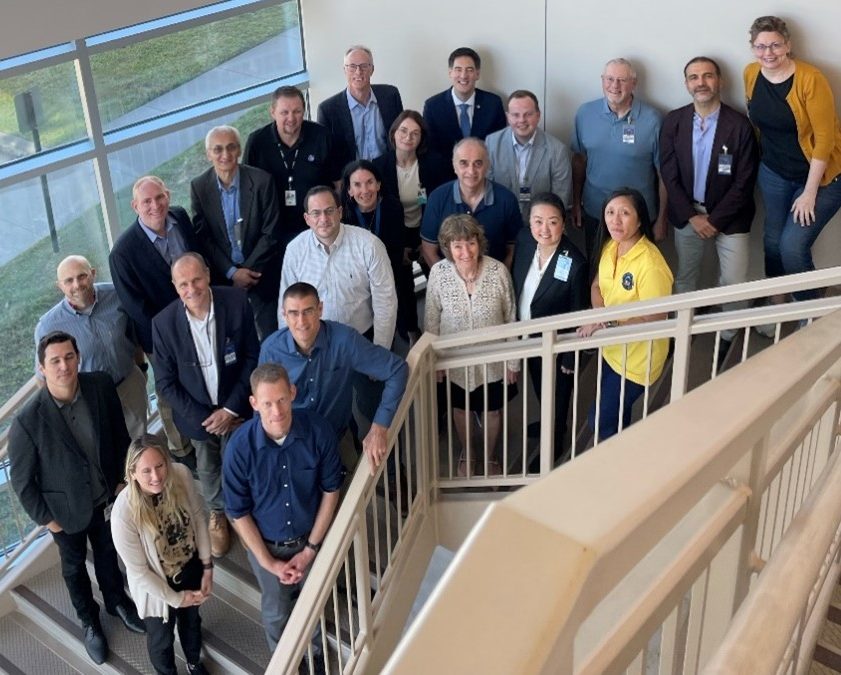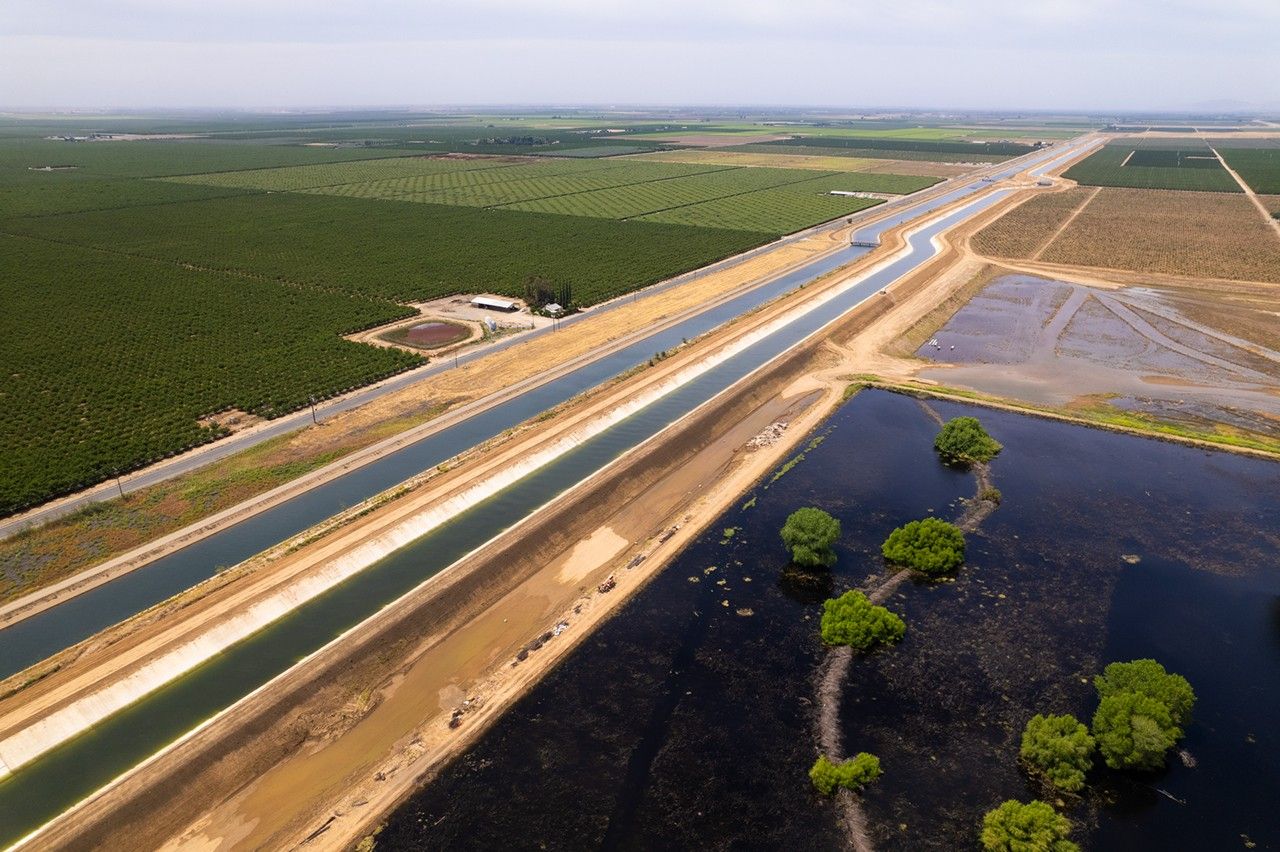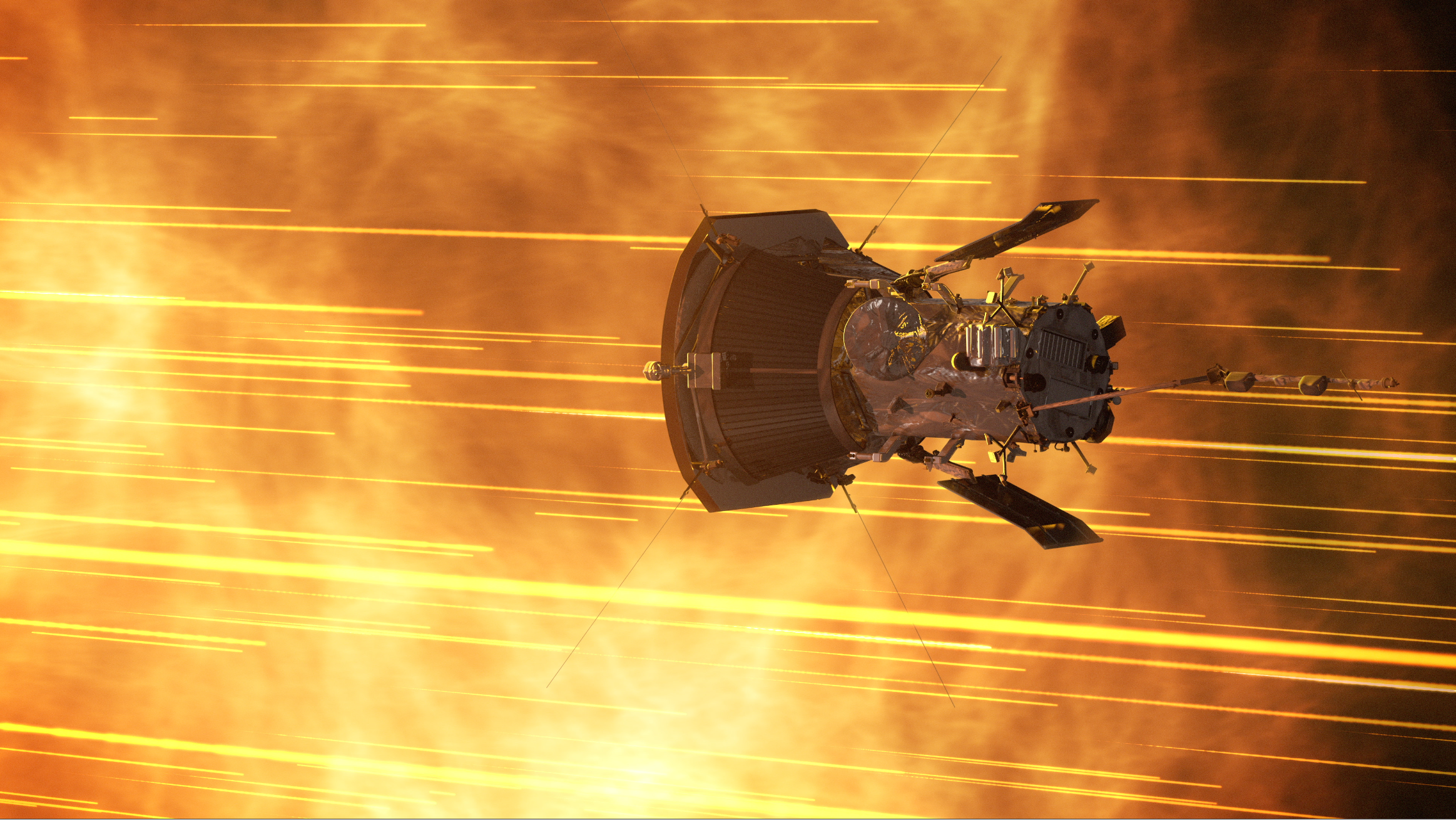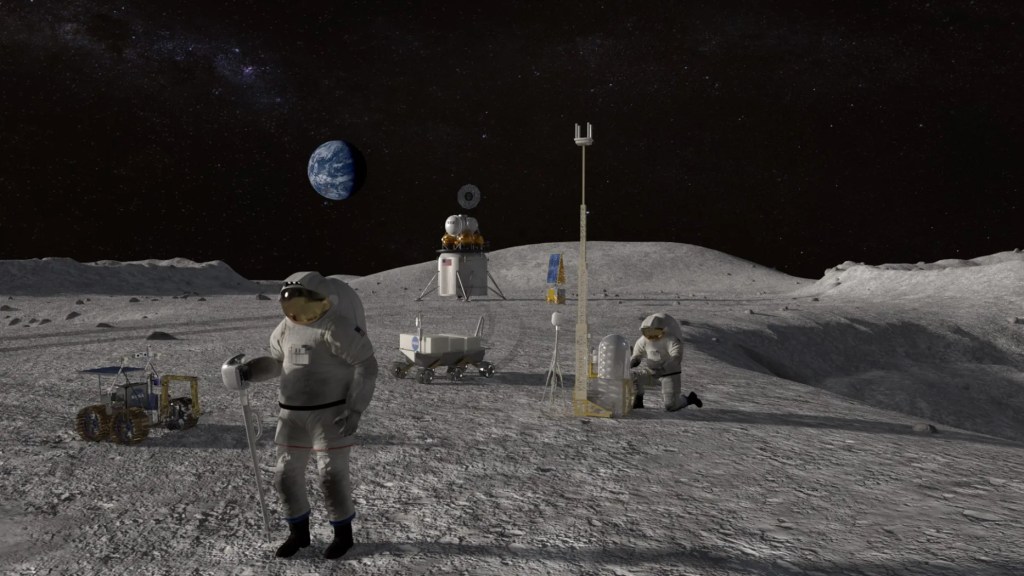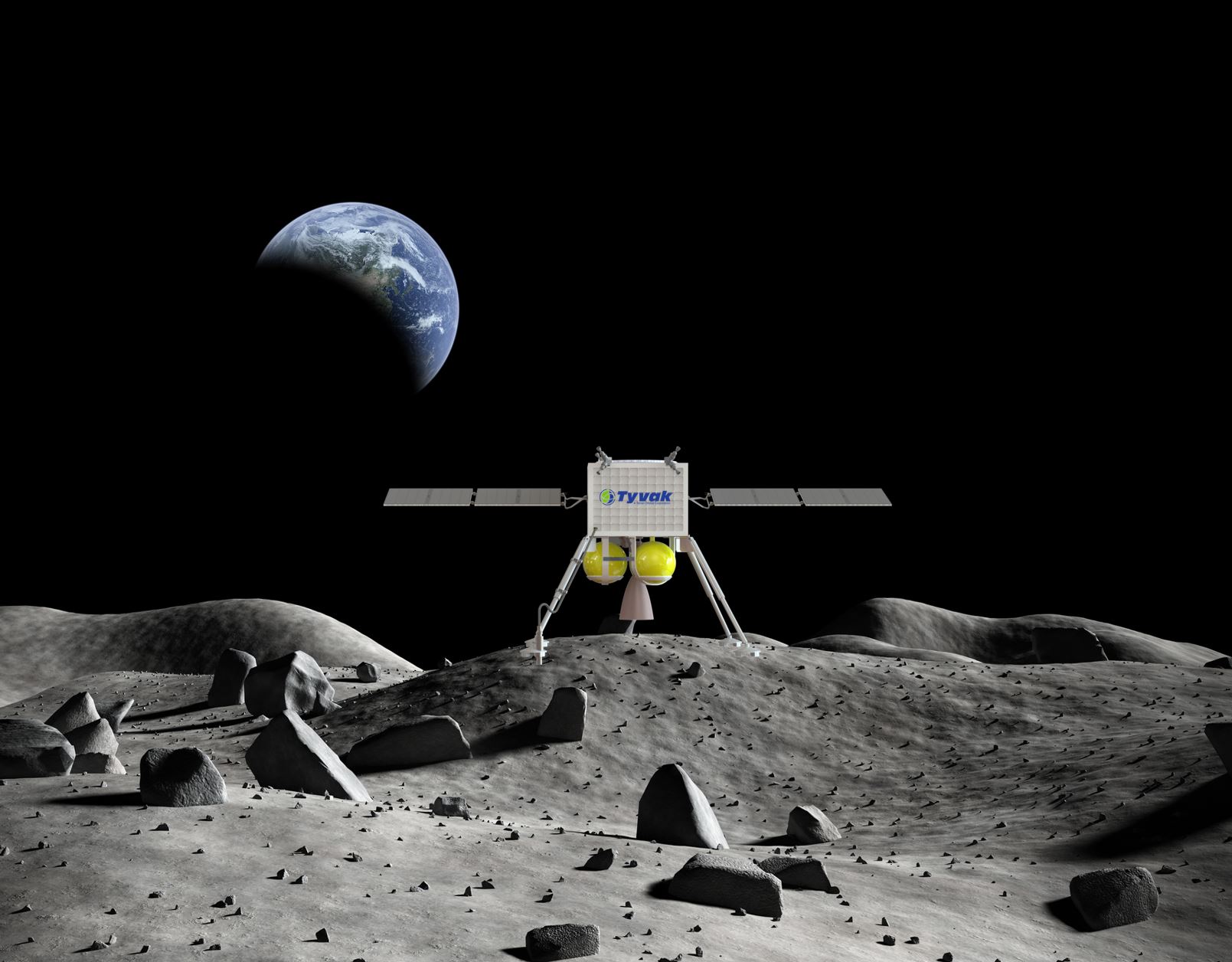
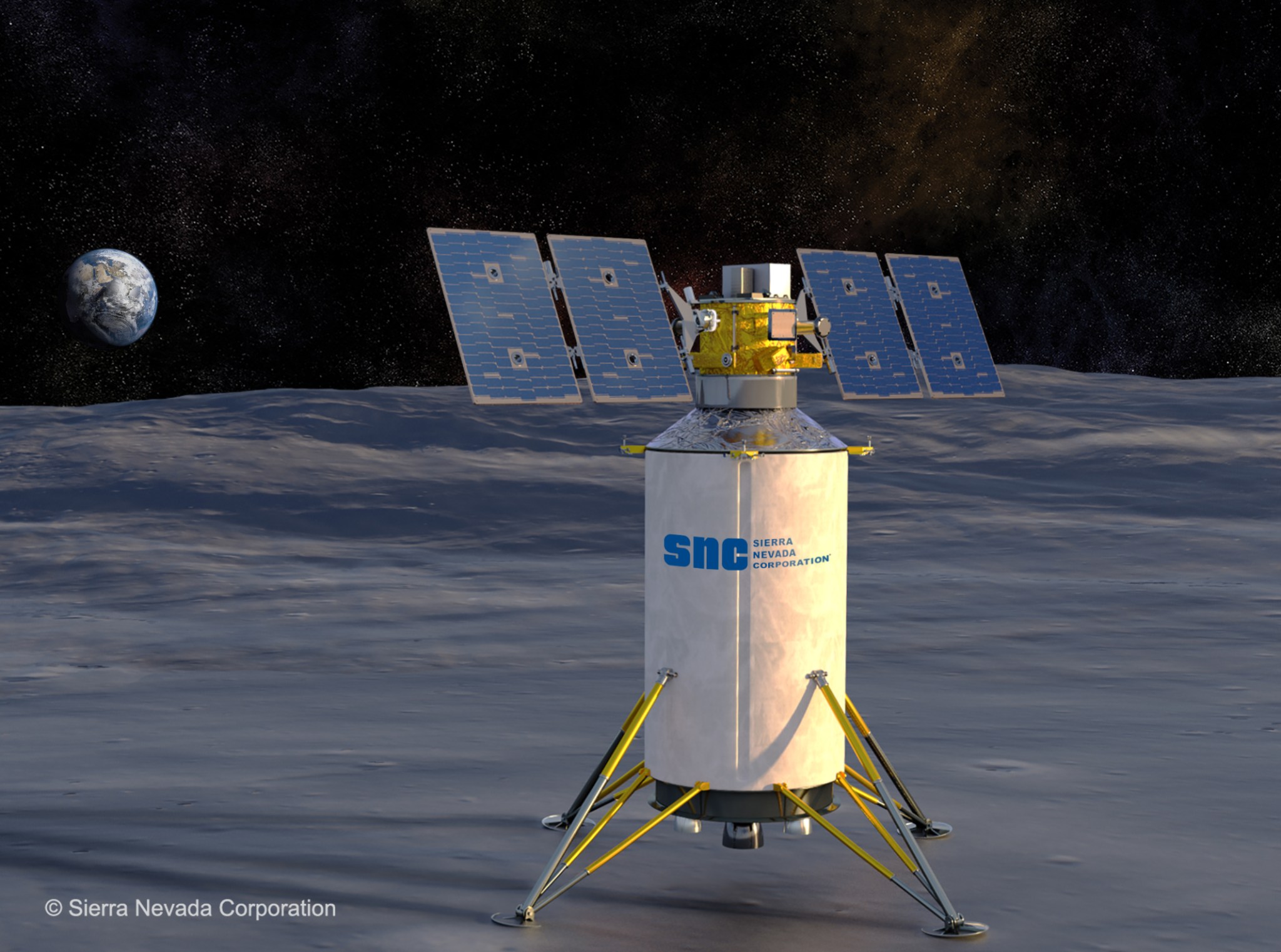
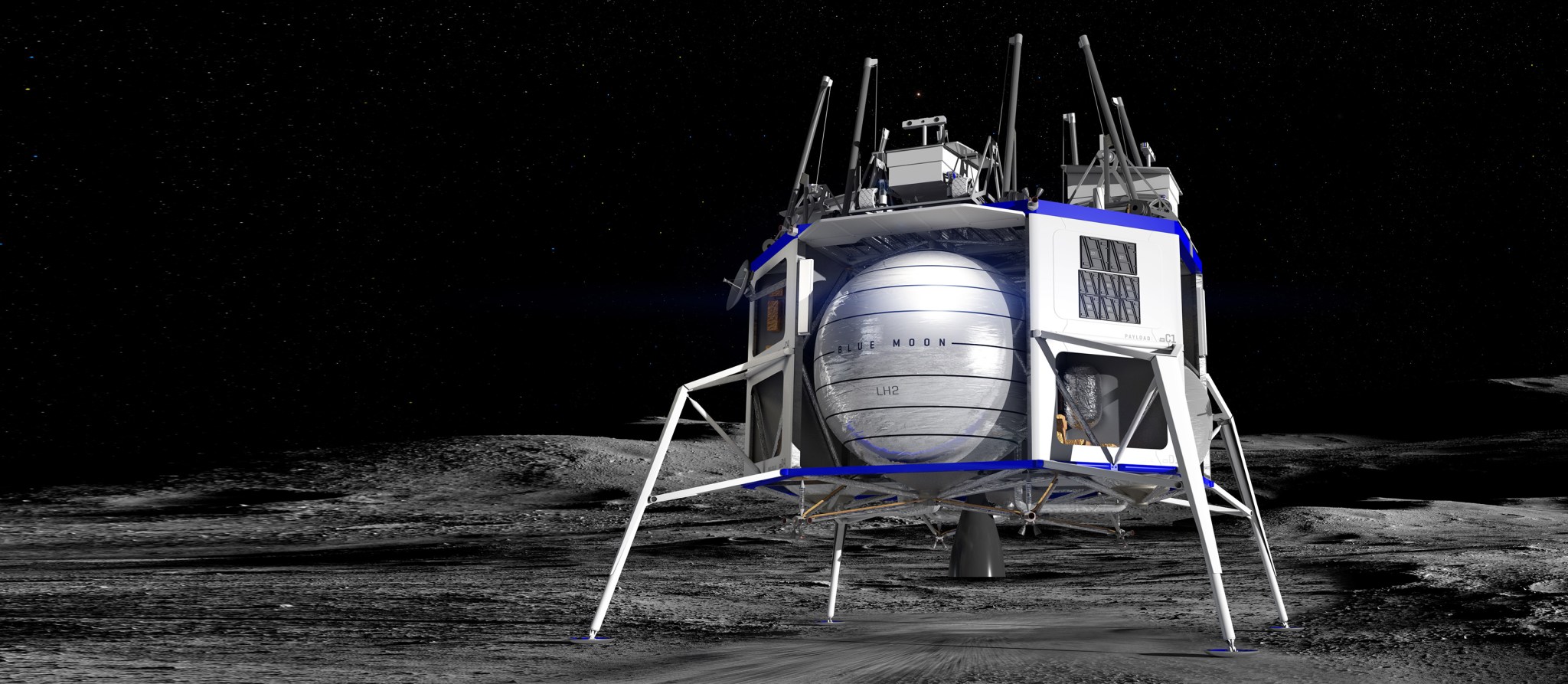
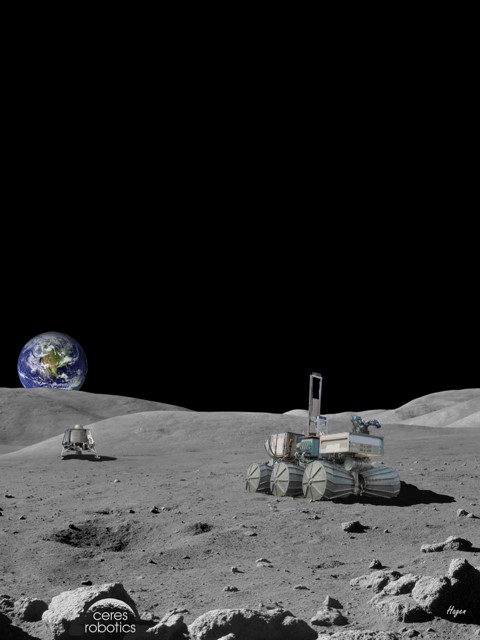
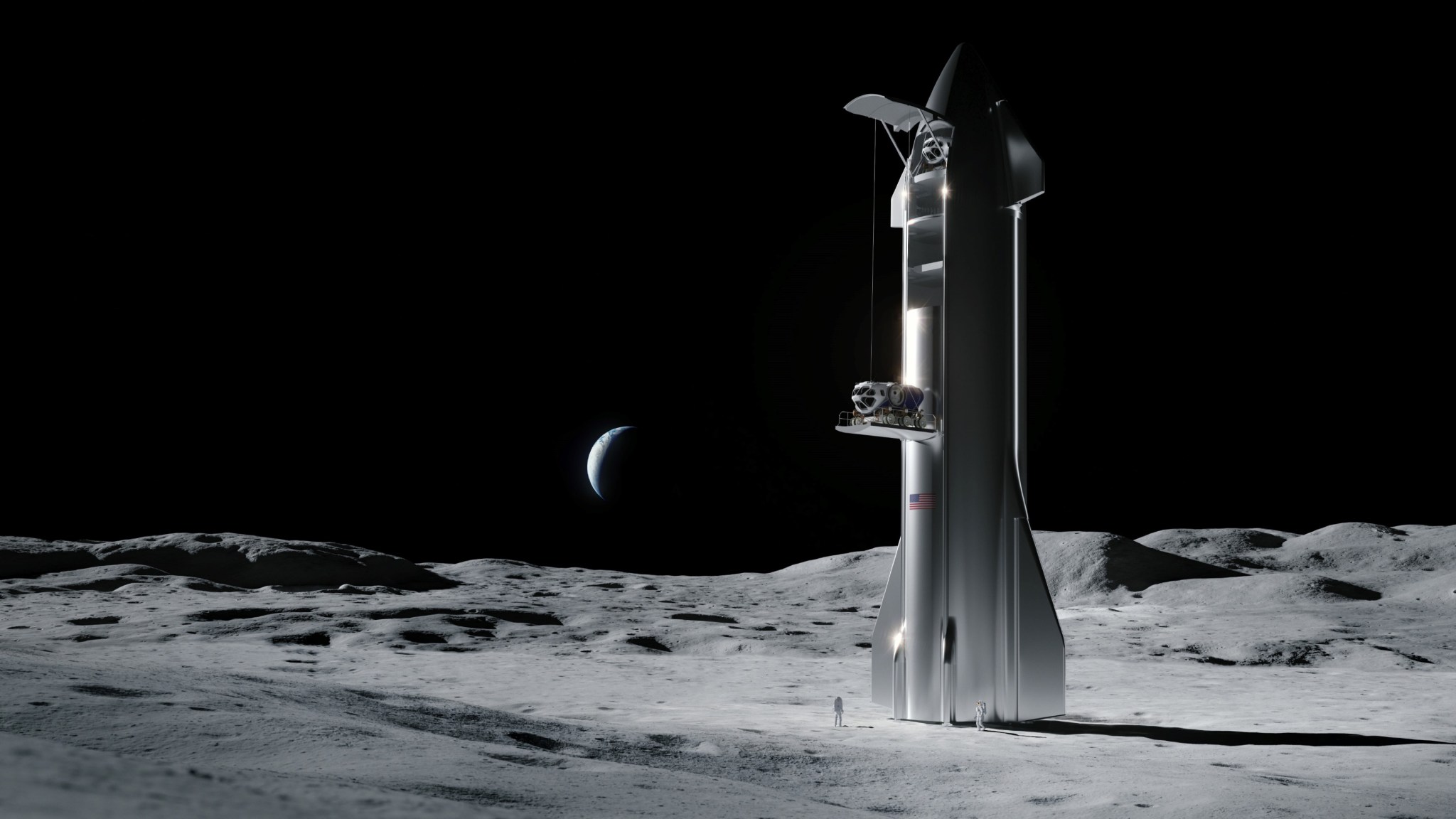
Image credit: Sierra Nevada Corp. Credits: Spacex
NASA has added five American companies to the pool of vendors that will be eligible to bid on proposals to provide deliveries to the surface of the Moon through the agency’s Commercial Lunar Payload Services (CLPS) initiative.
The additions, which increase the list of CLPS participants on contract to 14, expand NASA’s work with U.S. industry to build a strong marketplace to deliver payloads between Earth and the Moon and broaden the network of partnerships that will enable the first woman and next man to set foot on the Moon by 2024 as part of the agency’s Artemis program.
“American aerospace companies of all sizes are joining the Artemis program,” said NASA Administrator Jim Bridenstine. “Expanding the group of companies who are eligible to bid on sending payloads to the Moon’s surface drives innovation and reduces costs to NASA and American taxpayers. We anticipate opportunities to deliver a wide range of science and technology payloads to help make our vision for lunar exploration a reality and advance our goal of sending humans to explore Mars.”
The selected companies are:
- Blue Origin, Kent, Washington
- Ceres Robotics, Palo Alto, California
- Sierra Nevada Corporation, Louisville, Colorado
- SpaceX, Hawthorne, California
- Tyvak Nano-Satellite Systems Inc., Irvine, California
In July, NASA announced an opportunity for American companies to propose lunar landers that can deliver heavier payloads to the surface of the Moon. These five companies, together with nine companies selected in November 2018, now are eligible to bid on launch and delivery services to the lunar surface. NASA already has awarded contracts to two vendors to send as many as 14 science payloads to the Moon in 2021 and expects to issue additional payload delivery orders.
“The CLPS initiative was designed to leverage the expertise and innovation of private industry to get to the Moon quickly,” said Thomas Zurbuchen, associate administrator of the Science Mission Directorate at NASA Headquarters in Washington. “As we build a steady cadence of deliveries, we’ll expand our ability to do new science on the lunar surface, develop new technologies, and support human exploration objectives.”
Future payloads could include rovers, power sources, science experiments – including the agency’s Volatiles Investigating Polar Exploration Rover (VIPER) – and technology demonstrations to be infused into the Artemis program. NASA expects to issue a regular series of task order proposal requests to expand the scope of agency payloads requiring transportation services to the lunar surface ahead of human landings.
“Buying rides to the Moon to conduct science investigations and test new technology systems, instead of owning the delivery systems, enables NASA to do much more, sooner and for less cost, while being one of many customers on our commercial partners’ landers,” said Steve Clarke, deputy associate administrator for exploration in NASA’s Science Mission Directorate.
The CLPS contracts are indefinite-delivery/indefinite-quantity contracts with a combined maximum contract value of $2.6 billion through November 2028. The agency will look at a number of factors when comparing the bids from all vendors, such as technical feasibility, price and schedule.
For more information about CLPS, visit:
For more information about NASA’s Artemis program, visit:
-end-
Grey Hautaluoma
Headquarters, Washington
202-358-1600
grey.hautaluoma-1@nasa.gov
Rachel Kraft
Johnson Space Center, Houston
281-483-5111
rachel.h.kraft@nasa.gov





